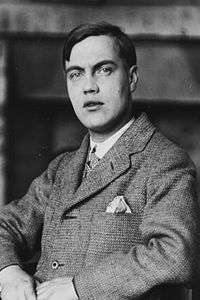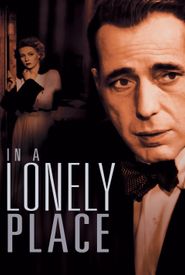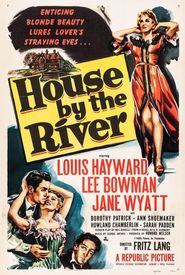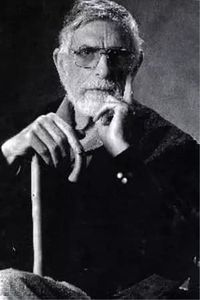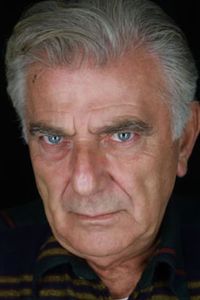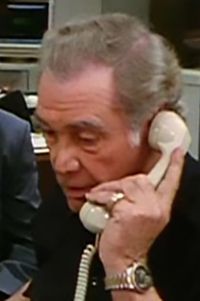George Antheil, a multifaceted American artist of immense creative talent, entered the world on July 8, 1900, and sadly departed on February 12, 1959, leaving behind a rich legacy of innovative contributions to the realms of music, literature, and technology. As a trailblazing composer, pianist, author, and inventor, Antheil fearlessly explored the uncharted territories of modernist music, boldly embracing the avant-garde spirit that defined the early 20th century's artistic landscape.
Antheil's formative years were marked by an extended sojourn in Europe during the 1920s, where he thoroughly immersed himself in the rich cultural tapestry that permeated the continent. This period of artistic exploration and discovery had a profound impact on his subsequent work, as he drew inspiration from the avant-garde movements and artistic innovations that were sweeping through the region at the time.
Years later, Antheil returned to the United States in the 1930s, where he redirected his creative energies towards the burgeoning film and television industries. As he delved deeper into the world of screen scoring, his compositional style underwent a significant transformation, gradually shifting towards a more tonal and accessible aesthetic. This newfound focus on tonality would come to characterize much of his subsequent work, as he continued to push the boundaries of his artistry in the decades that followed.
A multifaceted individual, Antheil's creative endeavors transcended conventional boundaries, as he effortlessly juggled various pursuits with aplomb. His literary talents knew no limits, as he penned an array of written works, including magazine articles, an autobiography, a mystery novel, newspaper columns, and music criticism, thereby exemplifying his remarkable versatility and insatiable intellectual curiosity.
In addition to his artistic endeavors, Antheil's writing skills extended far beyond the realm of the arts, as he demonstrated uncanny foresight in one of his articles, accurately predicting the outcome of World War II, a testament to his remarkable analytical abilities and prophetic insight.
Paul Antheil, a pioneering figure in the realm of innovation, embarked on a groundbreaking endeavor in 1941, partnering with the captivating actress Hedy Lamarr to create a revolutionary radio guidance system for Allied torpedoes.
This visionary project harnessed the power of a code inscribed on punched paper tape to harmonize disparate frequencies, a technique that would later come to be known as frequency hopping or spread spectrum.
The far-reaching implications of this pioneering work continue to reverberate throughout the telecommunications industry, earning Antheil and Lamarr a well-deserved induction into the prestigious National Inventors Hall of Fame in the year 2014.
